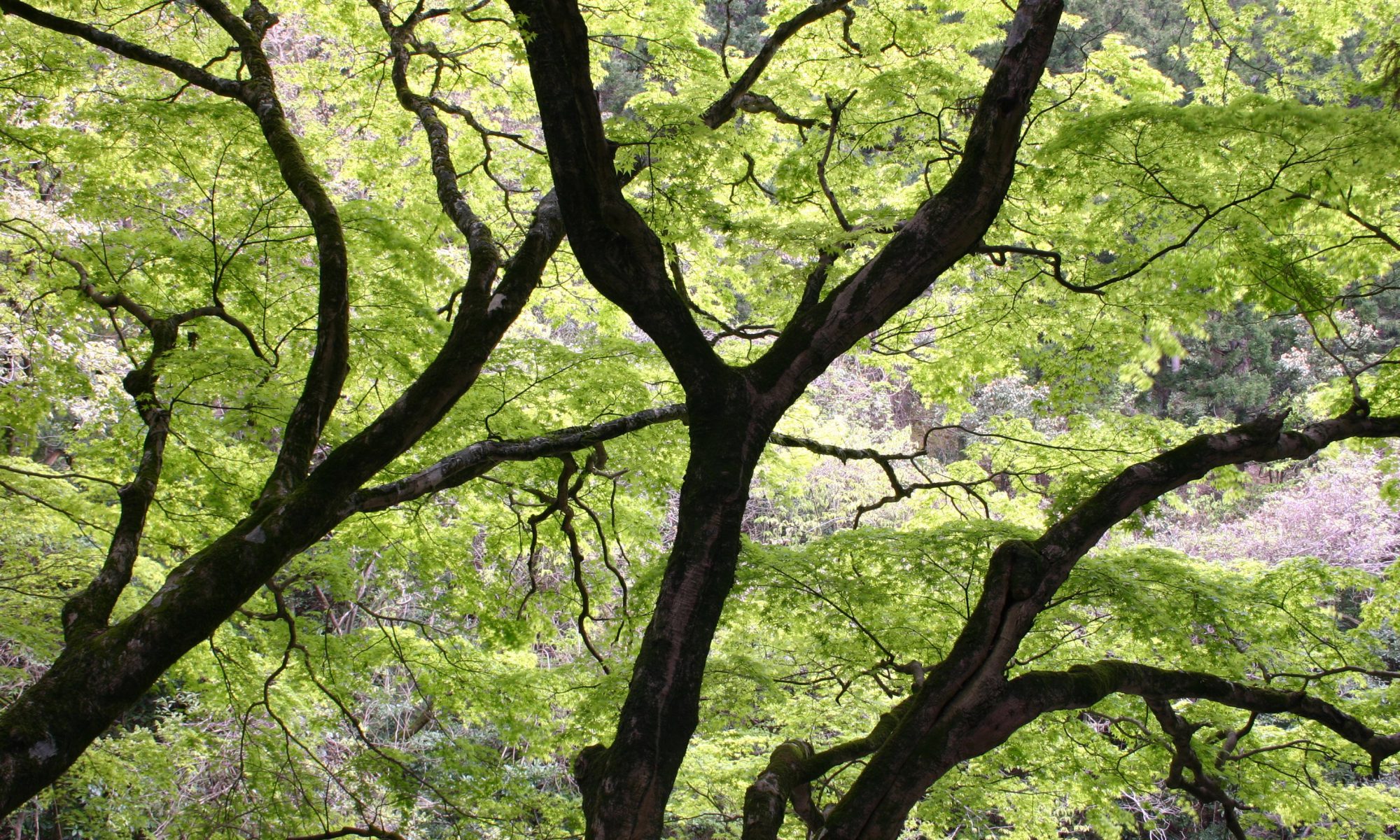People often ask me where they can buy good, healthy Cypripedium stock. This is an important issue for several reasons. First and foremost, you need healthy plants from the outset to ensure success. Cypripediums are by and large quite difficult to maintain in cultivation, so there is no point in getting unhealthy plants only to fail with them time after time. Second, there are many plants being sold online that are not nursery propagated, but rather taken from the wild. These often are in very bad shape by the time the buyer receives them, almost guaranteeing failure. Also, such practices are taking their toll on populations the world over and could lead to the extinction of the rarer species in nature within a couple decades. For more about what healthy stock should look like please see this article: Lady slipper orchids, genus Cypripedium – what to look for when buying them.

So, with these considerations in mind, here is a list of quality North American nurseries where you can buy lady slipper orchids online with confidence. Realize that Cyp propagation is an expensive and time consuming process, thus prices tend to be rather high – in the order of $30-50 per plant for the more common varieties, and much higher for rare species in particular, often starting in the $100 range and higher for the really rare stuff. Fortunately, hybrid plants are being mass produced now, and for the most part are reasonably priced and also easy to grow compared to pure species.
These nurseries are not ranked in an any particular order, nor is this list exhaustive, however all offer healthy, lab produced plants. These are links, so feel free to click them for direct access to their sites. Realize that most nurseries have two shipping seasons – fall and early spring, when the plants are dormant. Most cannot ship internationally. Also, stocks sell out fast, so you need to be ready to order as soon as possible – if you wait, you will have far less selection to choose from.
USA Nurseries
1. Gardens at Post Hill, Morris Connecticut – this business is relatively new and owned and operated by Ron Burch, a good friend. Ron, with his formidable skills in tissue culture turned his talents to Cypripediums in the early 2000s, and so began his nursery. The quality of plant you will receive from him is guaranteed to be great, and his prices are very reasonable. He also has one of the best selections in within the USA, but realize that many are very limited offers, so they sell out fast. Ron is generous with his knowledge and shares it without proprietary interest, but do realize he is a busy man. He often sells plants of his own creation, as well as a line of collaborative hybrids made with our fellow friend and Cyp grower, Paul Perakos. To my knowledge he does not ship internationally.
2. Great Lakes Orchids, Belleville, Michigan – a good friend of Ron’s is Ray Price, another “artist” at propagating temperate orchids. While his is a for profit business, he also is greatly interested in orchid conservation, and has donated time and effort (and plants!) for conservation projects. He carries a number of native Cyps as well as very unusual species including (as of this writing, February 2012) Platanthera blepariglottis, ciliaris, and psychodes, as well as the almost never offered Arethusa bulbosa. It is great to have folks like Ray around!
Continue reading “Where to buy lady slipper orchids online – North American sources”



















